The state of Delhi is located towards the northern part of India and is surrounded by Haryana and Uttar Pradesh. The state is the capital of the country, India. Although a lot of development has been undertaken by successive governments ruling from here, the state has two sides to its coin much like most modern cities across the globe. The old part of Delhi is dotted with the presence of narrow lanes and a lot of havelis, whereas the imperial part of the state is well maintained and is adorned with the presence of large and dominating Government buildings and avenues which are lined with rich green cover of tall trees.
Delhi has always been the political hub of the country with most major political parties having their headquarters here. Besides, the state also has a unique character, and treats various people from all walks of life in an equal manner. The various cuisines which are served here are one of the major boosters for the great number of tourists who visit the state. The roads in Delhi have something special and intriguing to offer ranging from the food options to the options for indulging in a shopping spree. The region of Connaught Place, South Extension and Kamla Nagar are some of the major shopping hubs in the state.
Being the rich cosmopolitan city, Delhi has splashed vibrancy in each and every selection, be it the choice of entertainment or the choice of profession. There is abundance of locations where one can indulge in the visual treat of the mystic monuments. The locations such as Red Fort, India Gate etc. provide a great sense of pride to the tourists. The city never sleeps; this can be concluded from the nightlife of this state, with bars and clubs raising toasts till the wee hours.




.jpg?w=60&h=60&dpr=1.0)







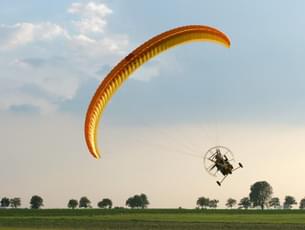
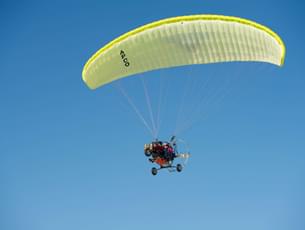
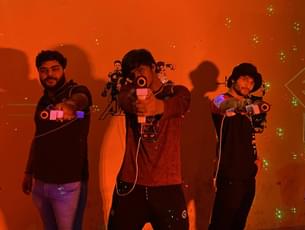



.jpg?w=305&h=230&dpr)
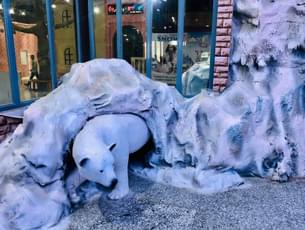

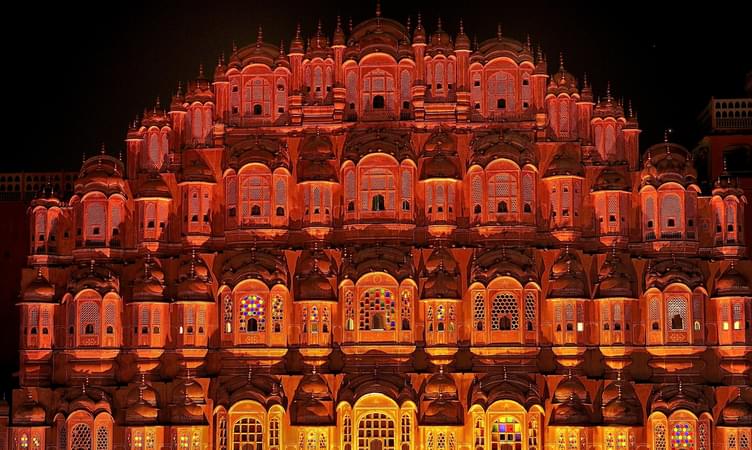







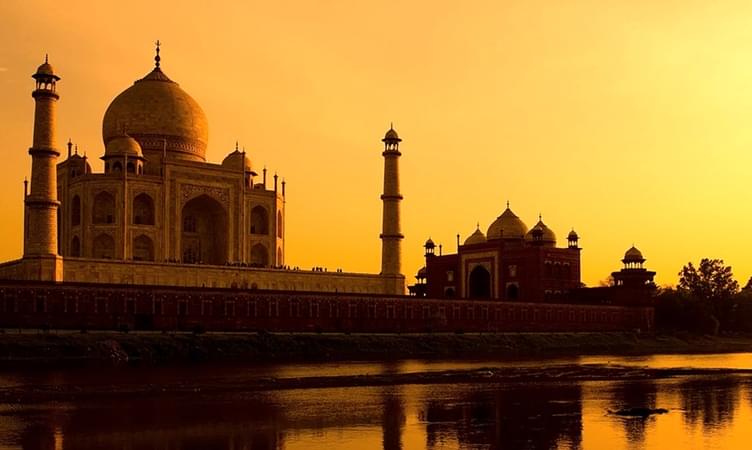







.jpg?gravity=center&width=752&height=450&crop=fill&quality=auto&fetch_format=auto&flags=strip_profile&format=jpg&sign_url=true)











.jpg?w=753&h=450&dpr)
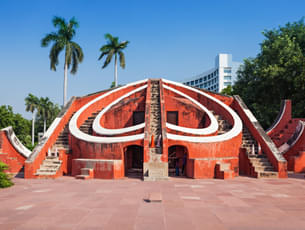
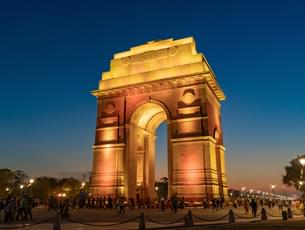





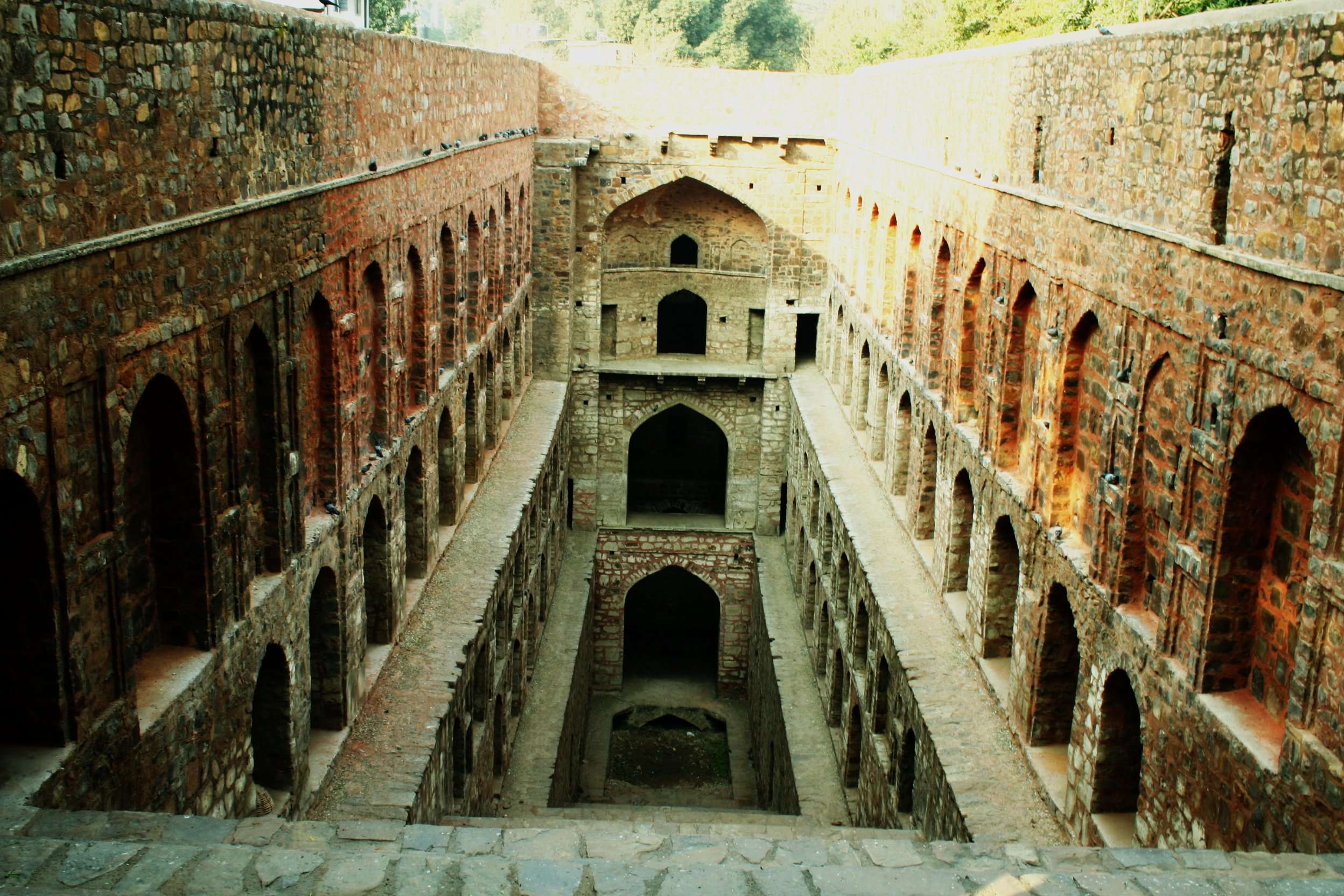




.jpg?w=753&h=450&dpr)









 Asola
Asola 



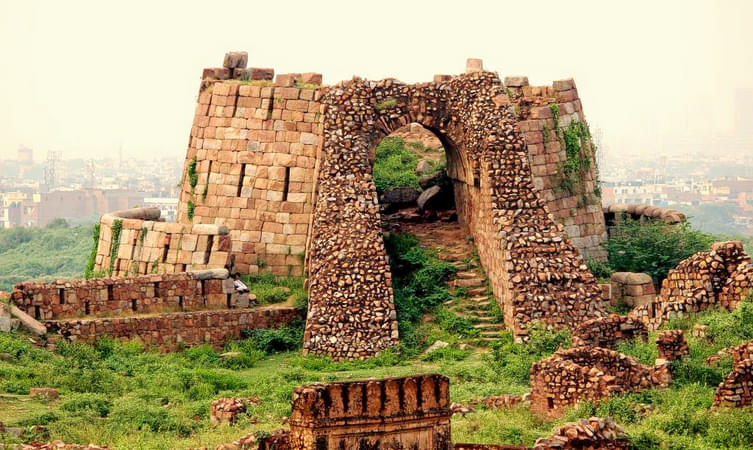














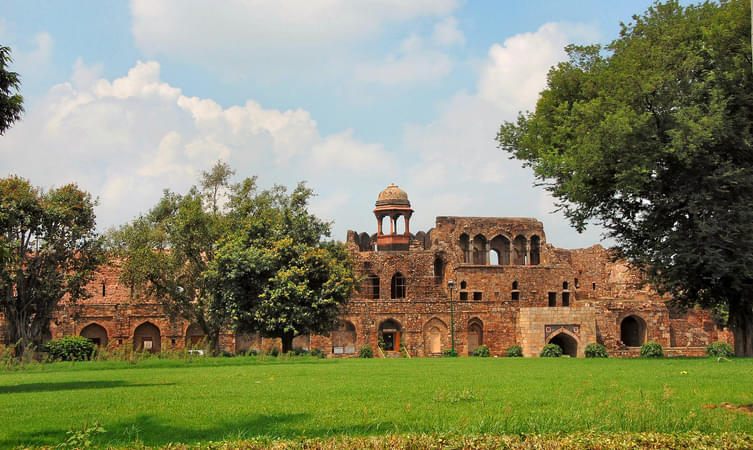
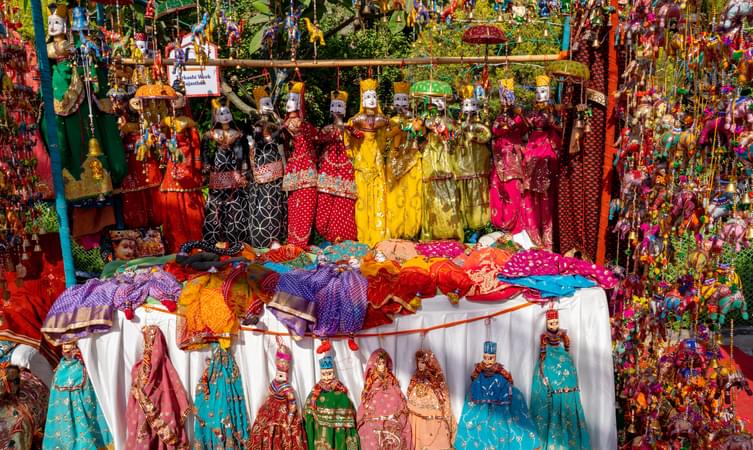






.jpg?w=305&h=230&dpr)
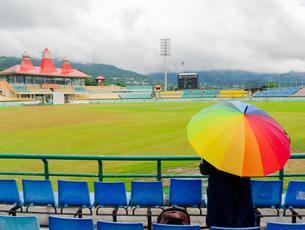
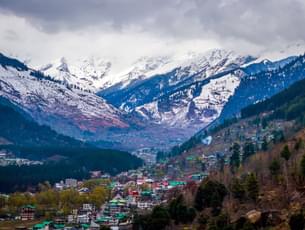
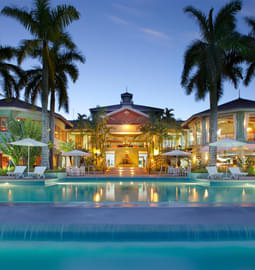


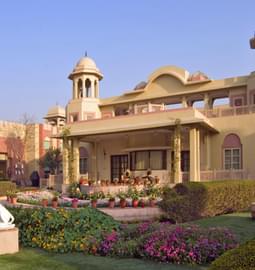

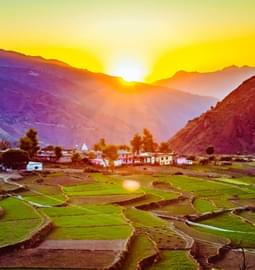
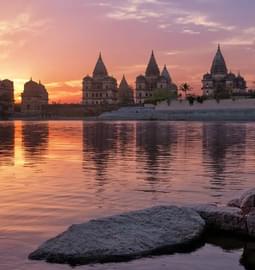




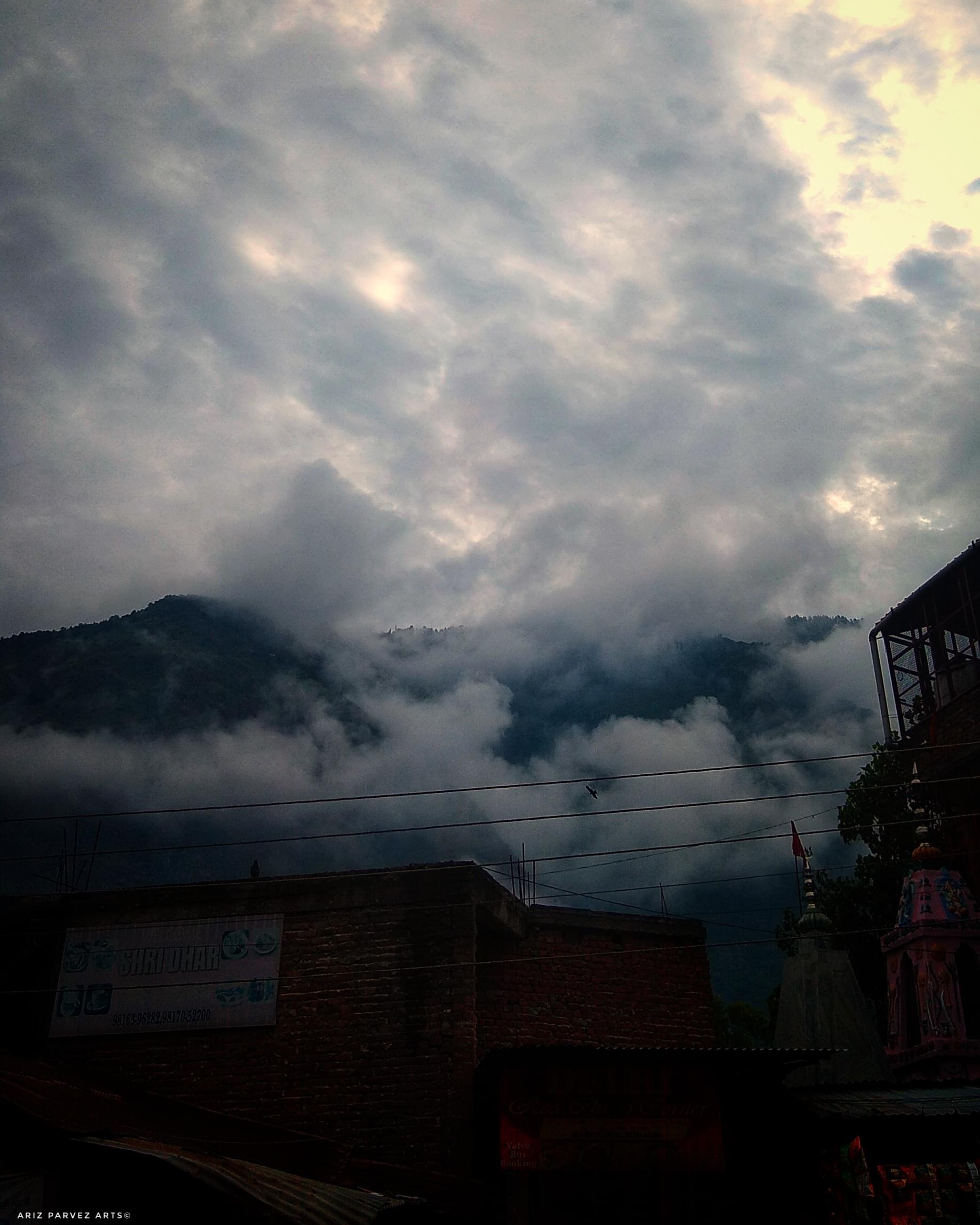


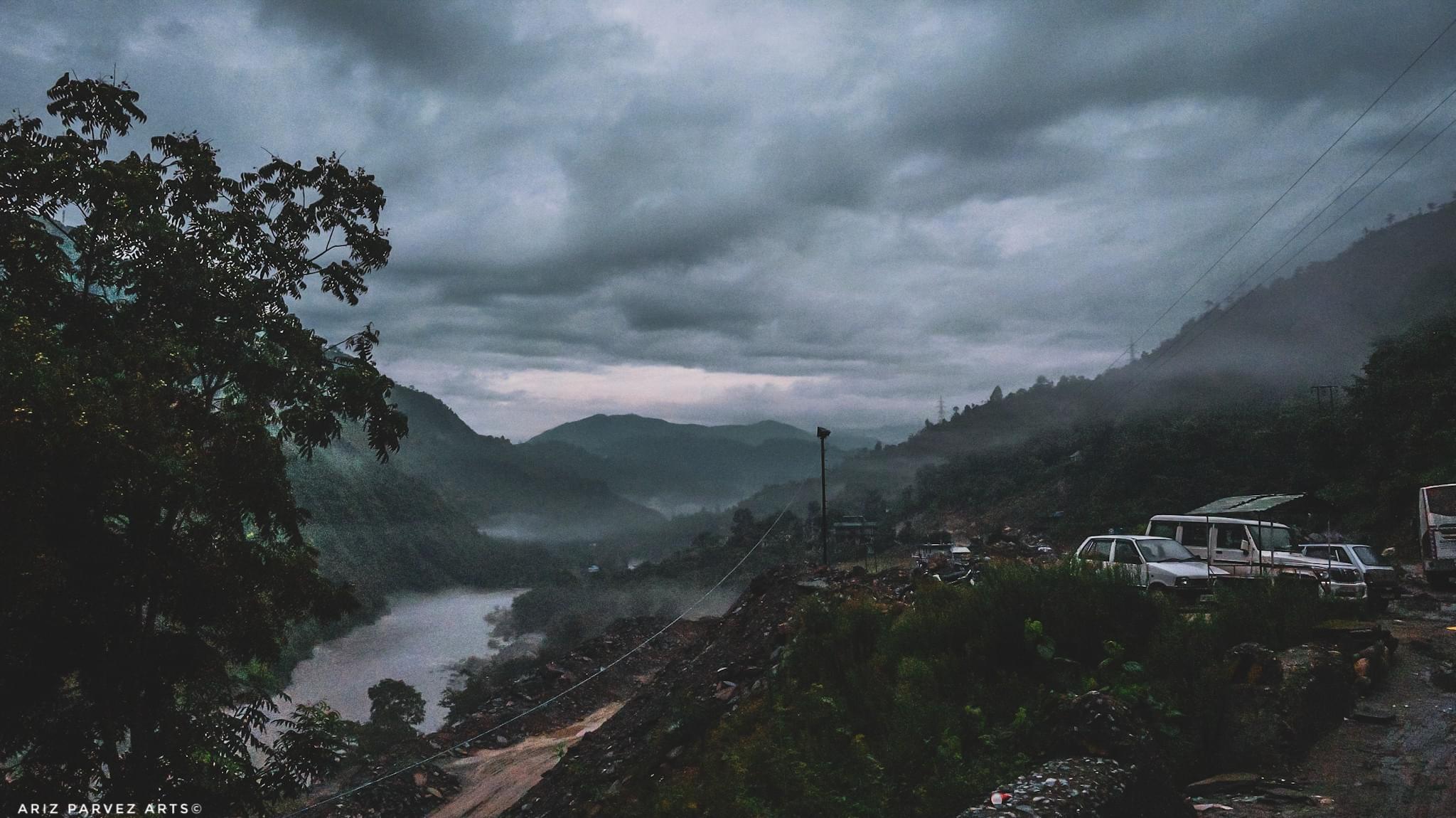
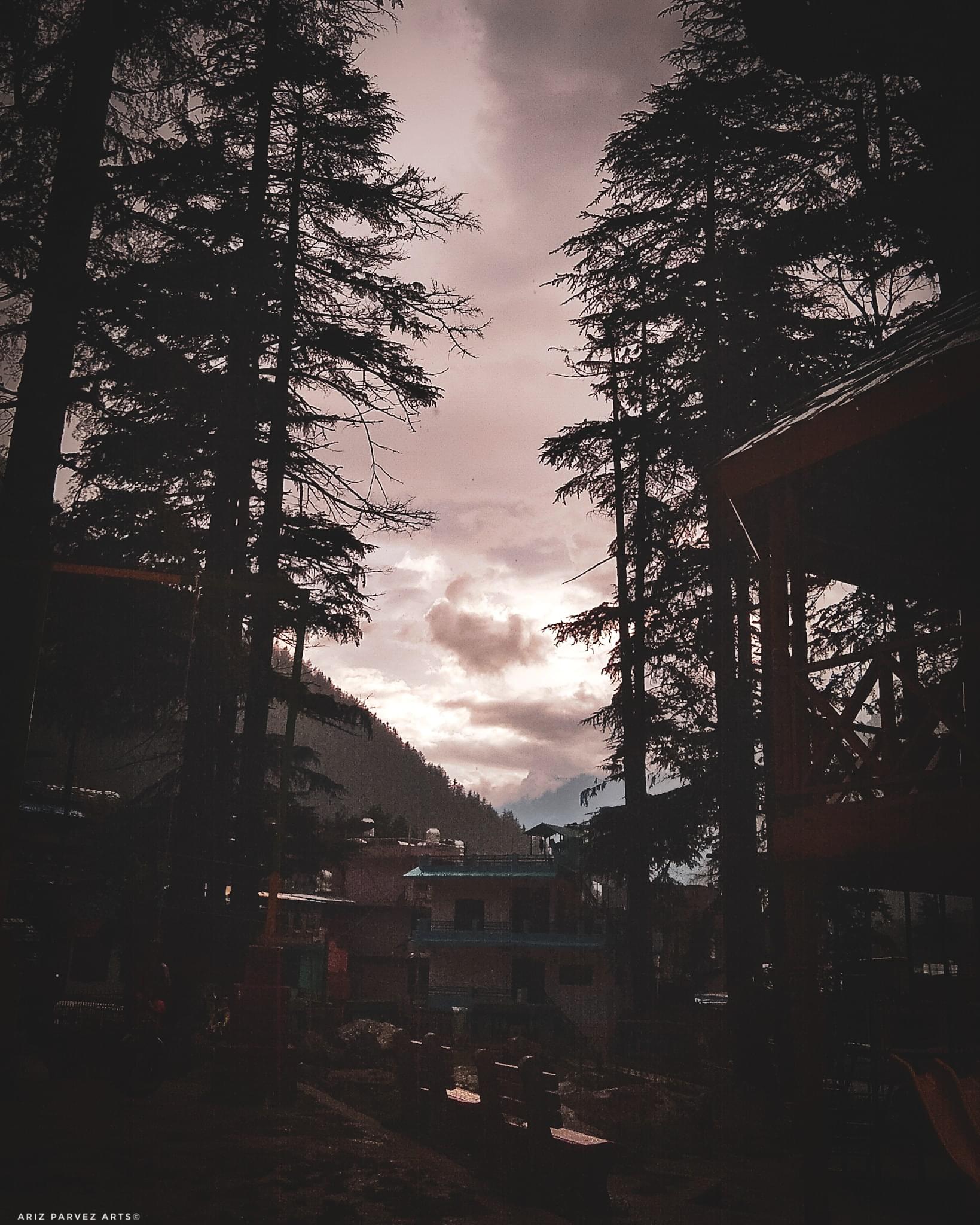
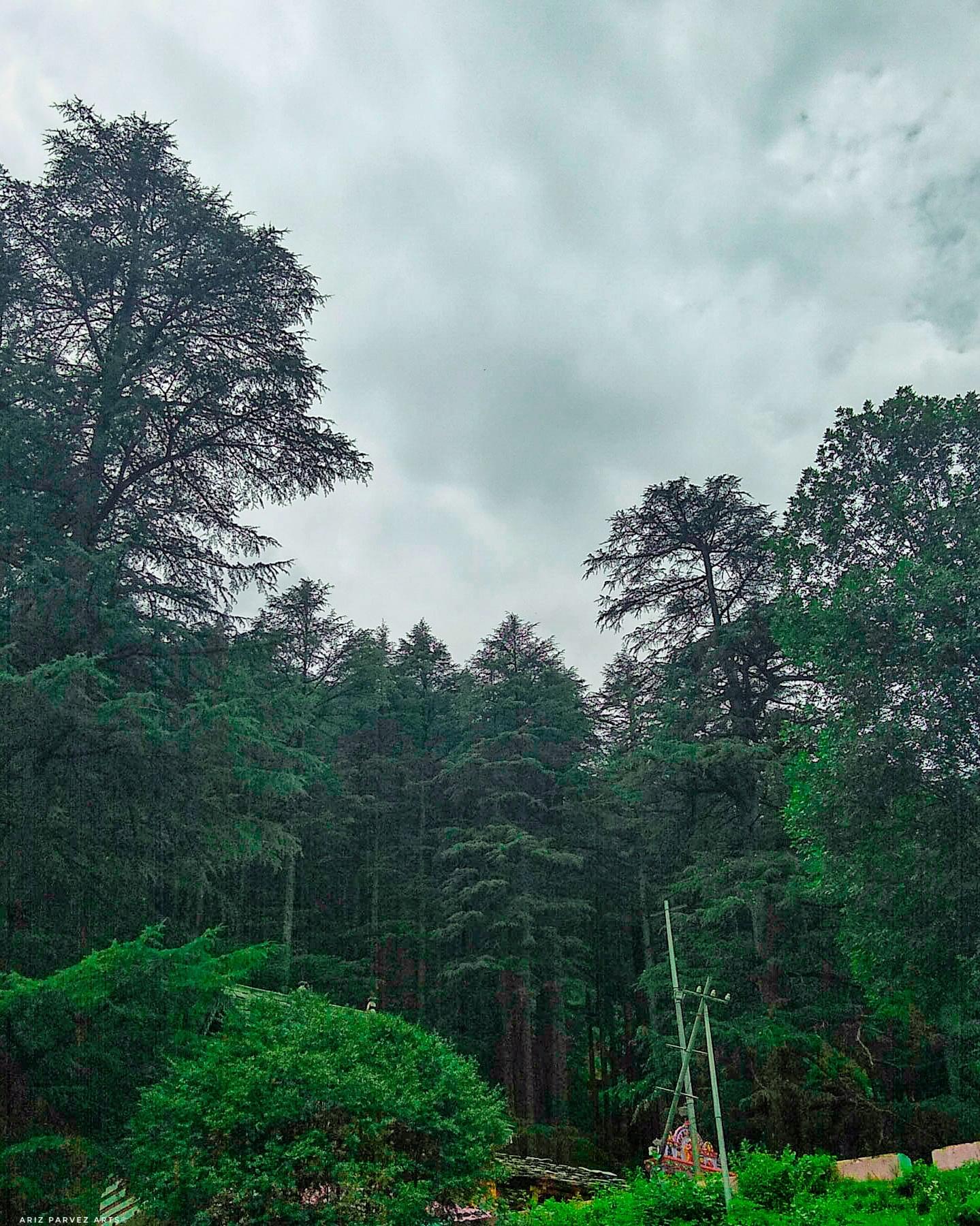
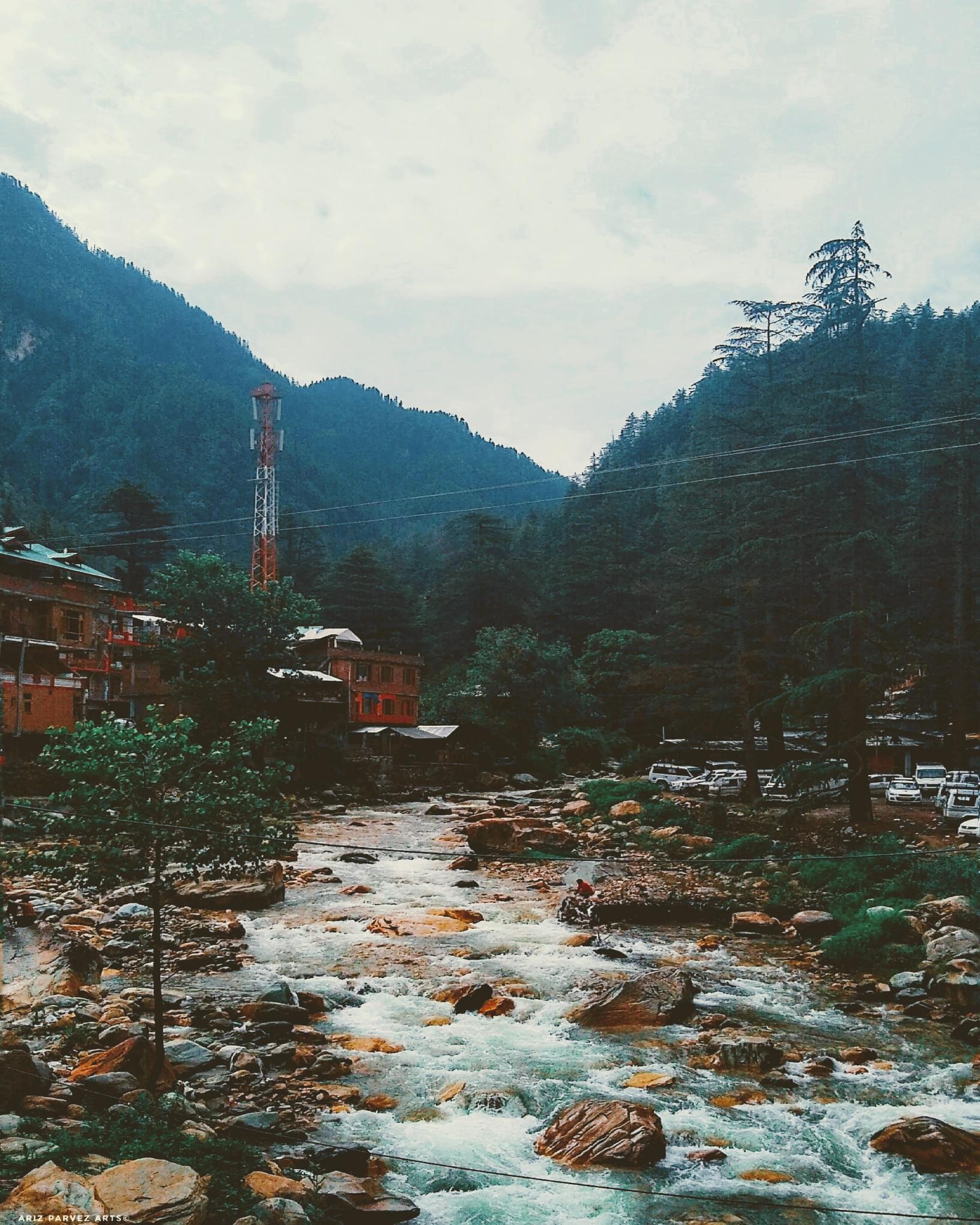
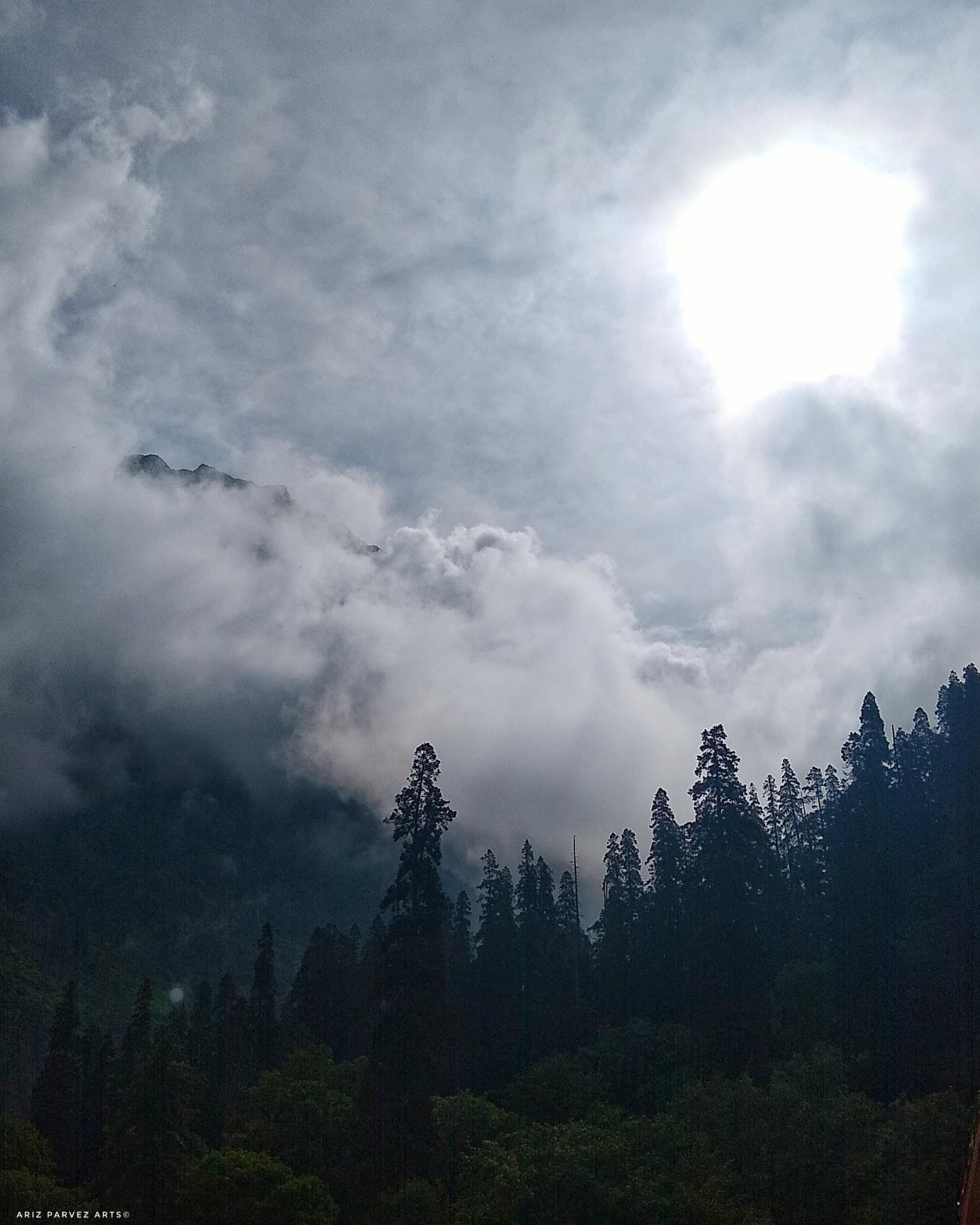

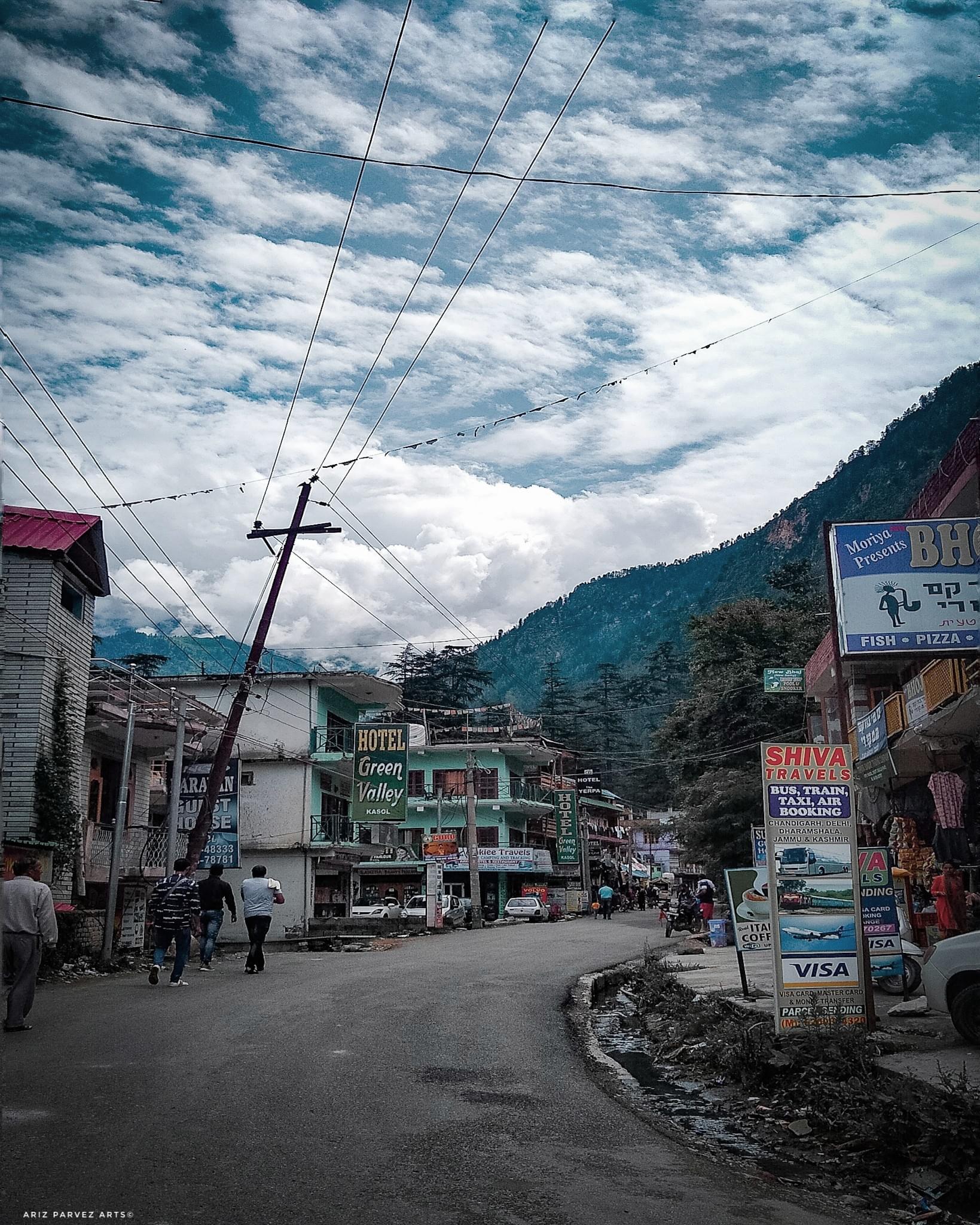
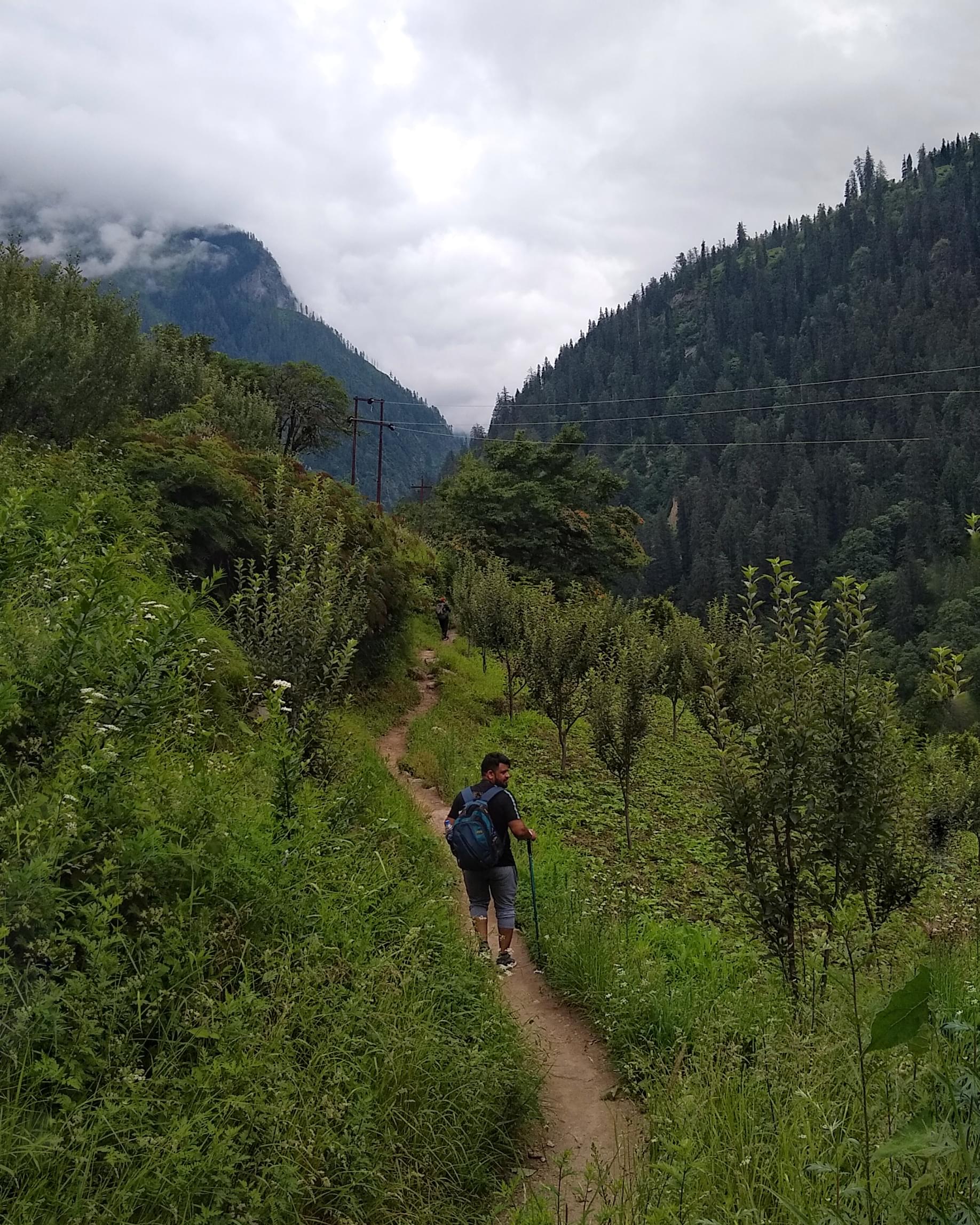

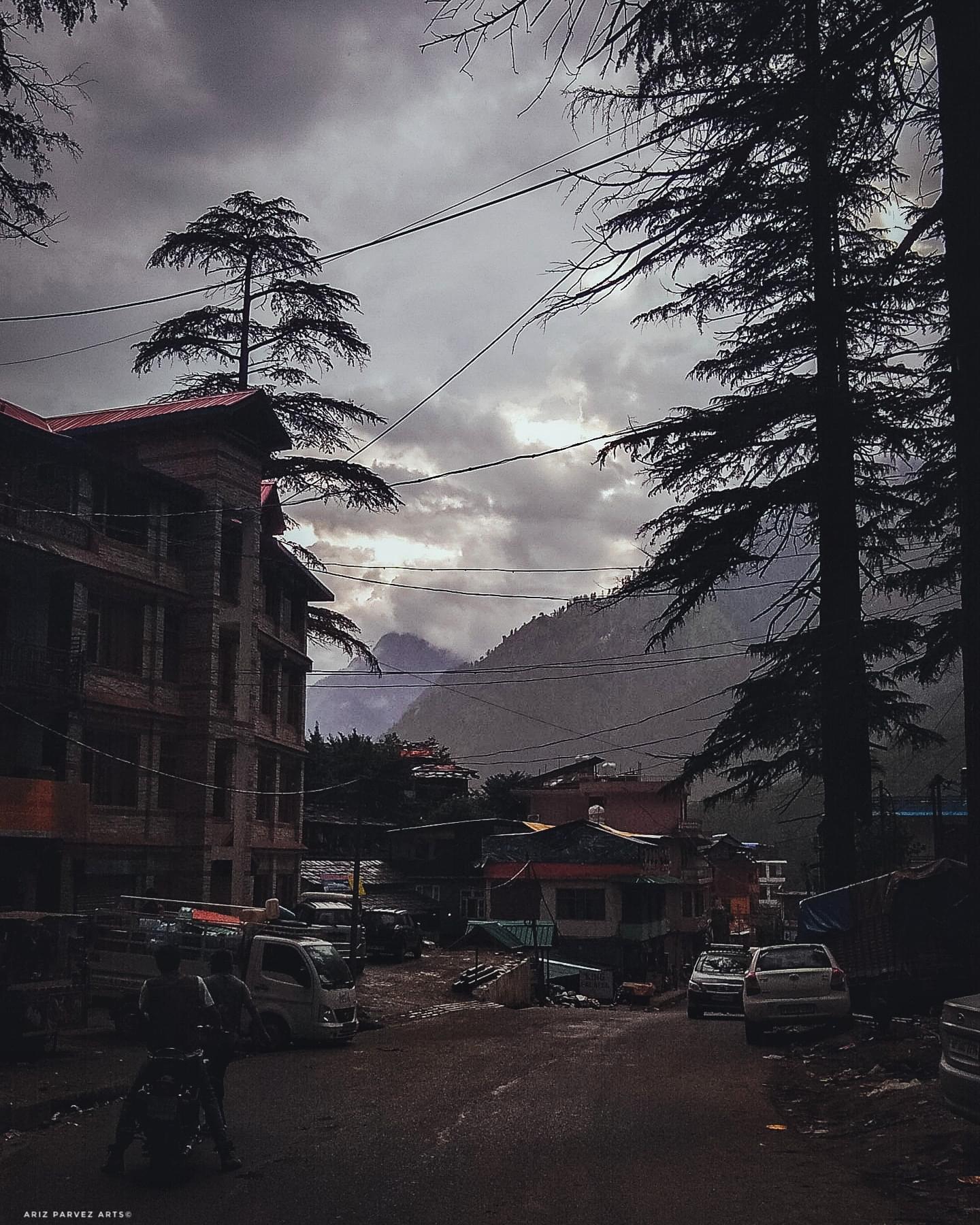

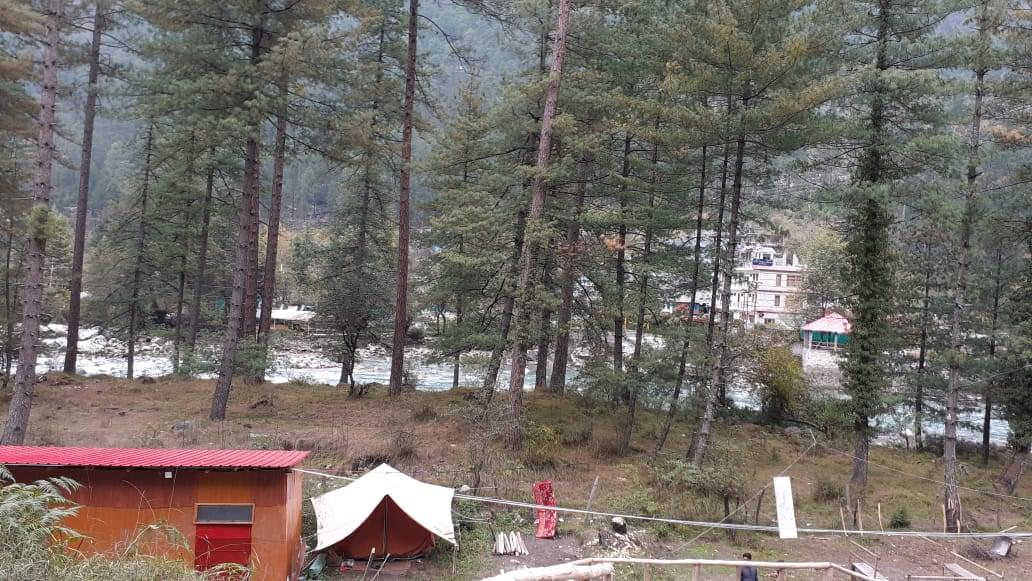
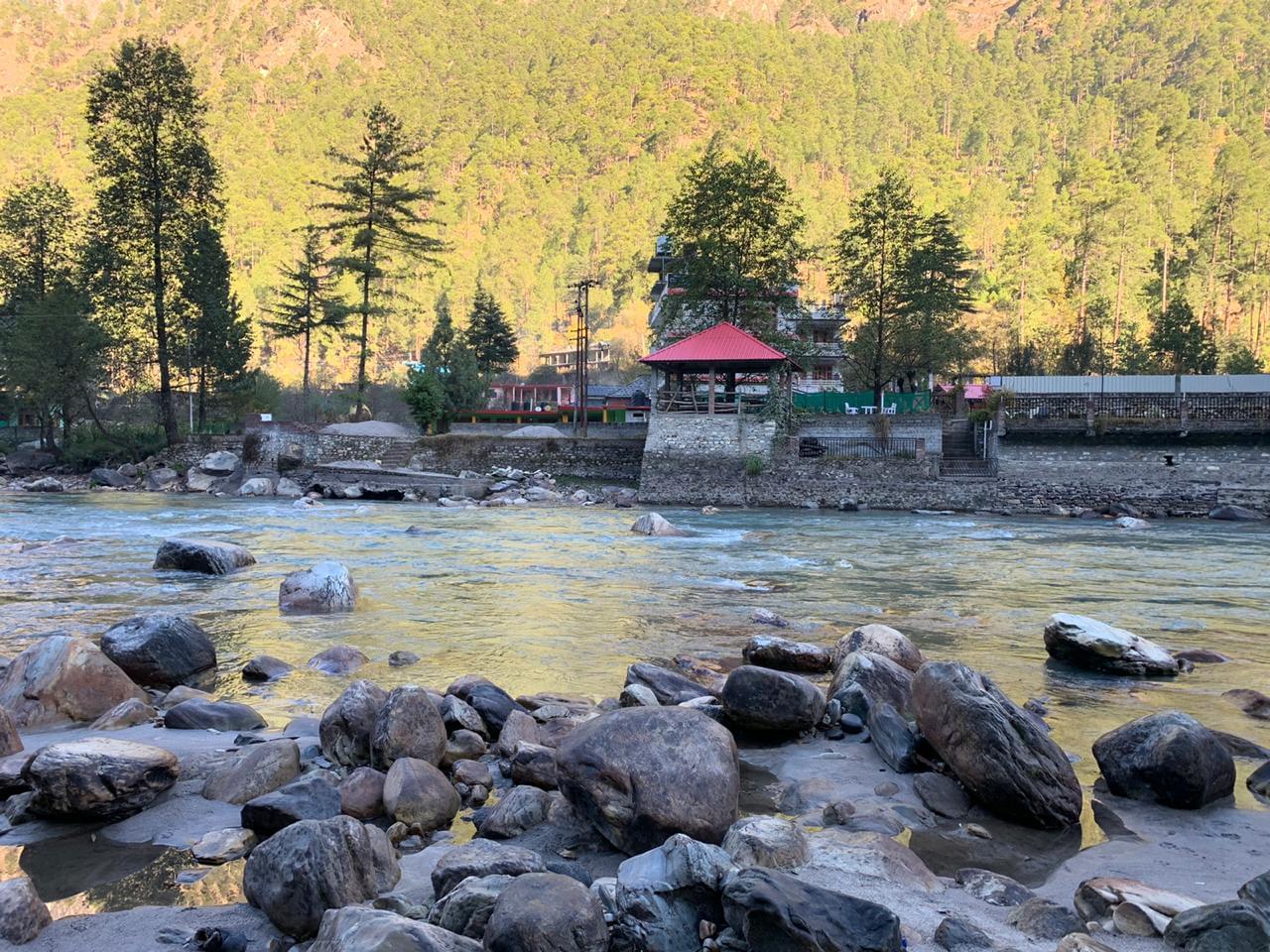

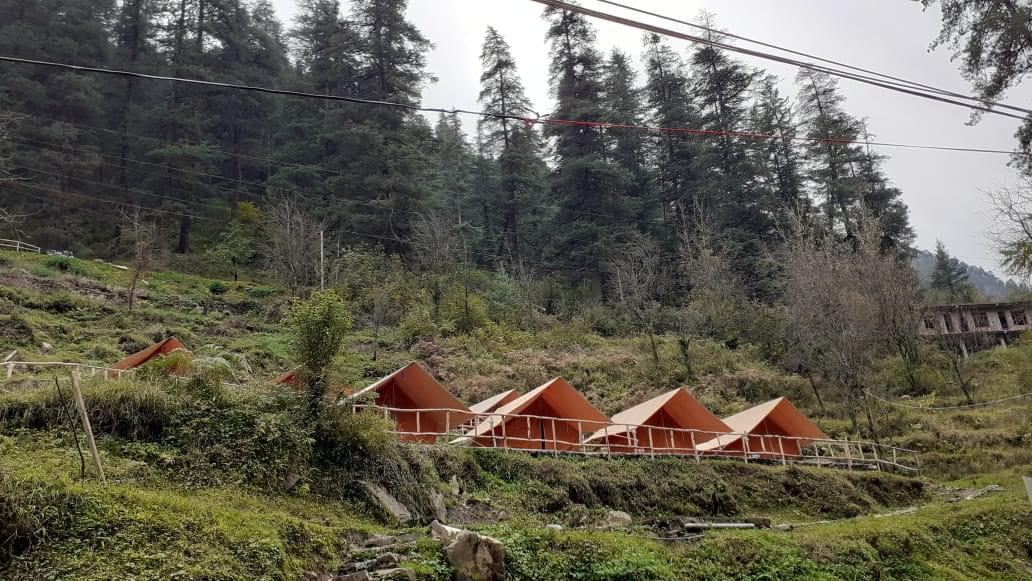
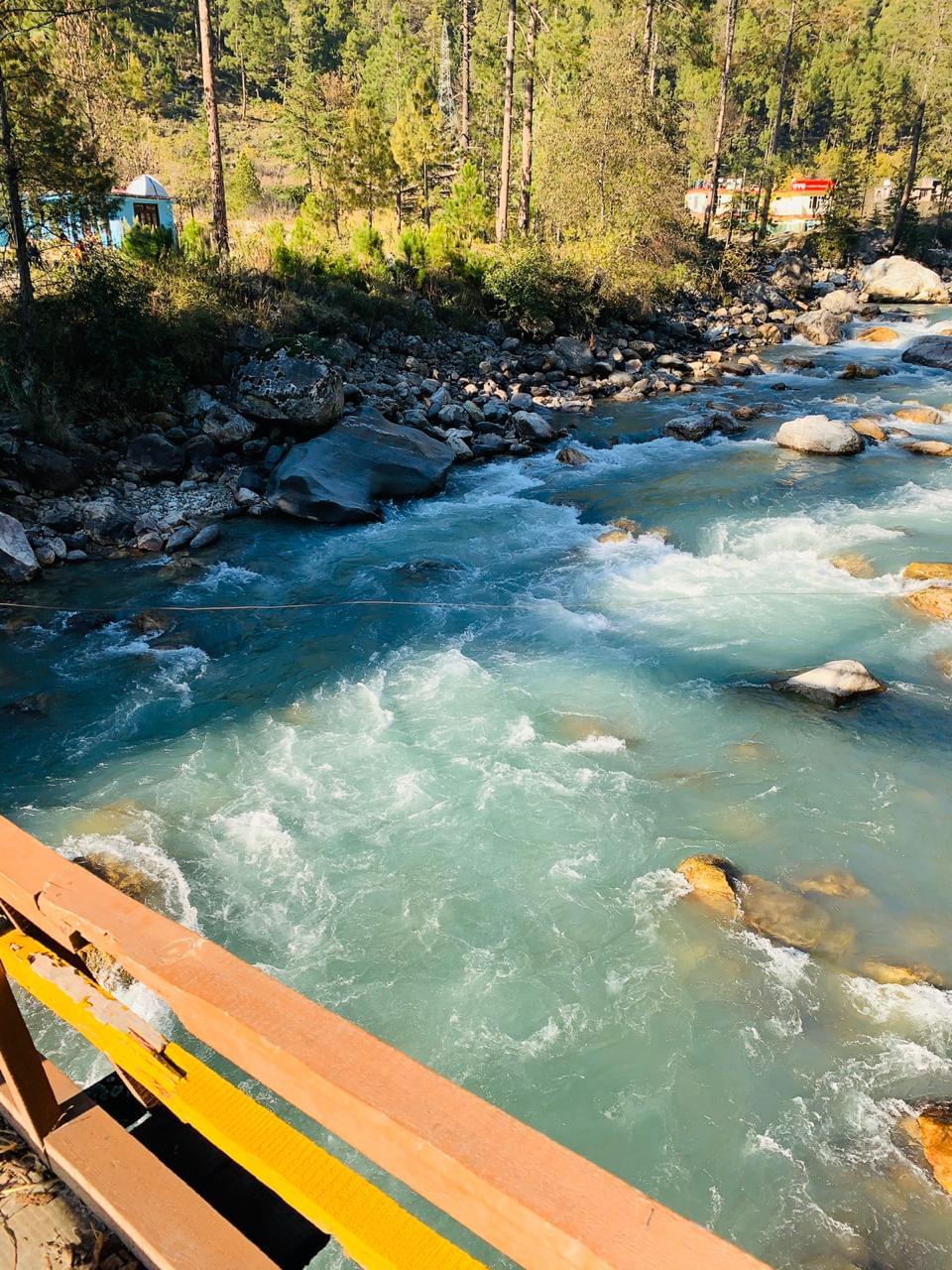
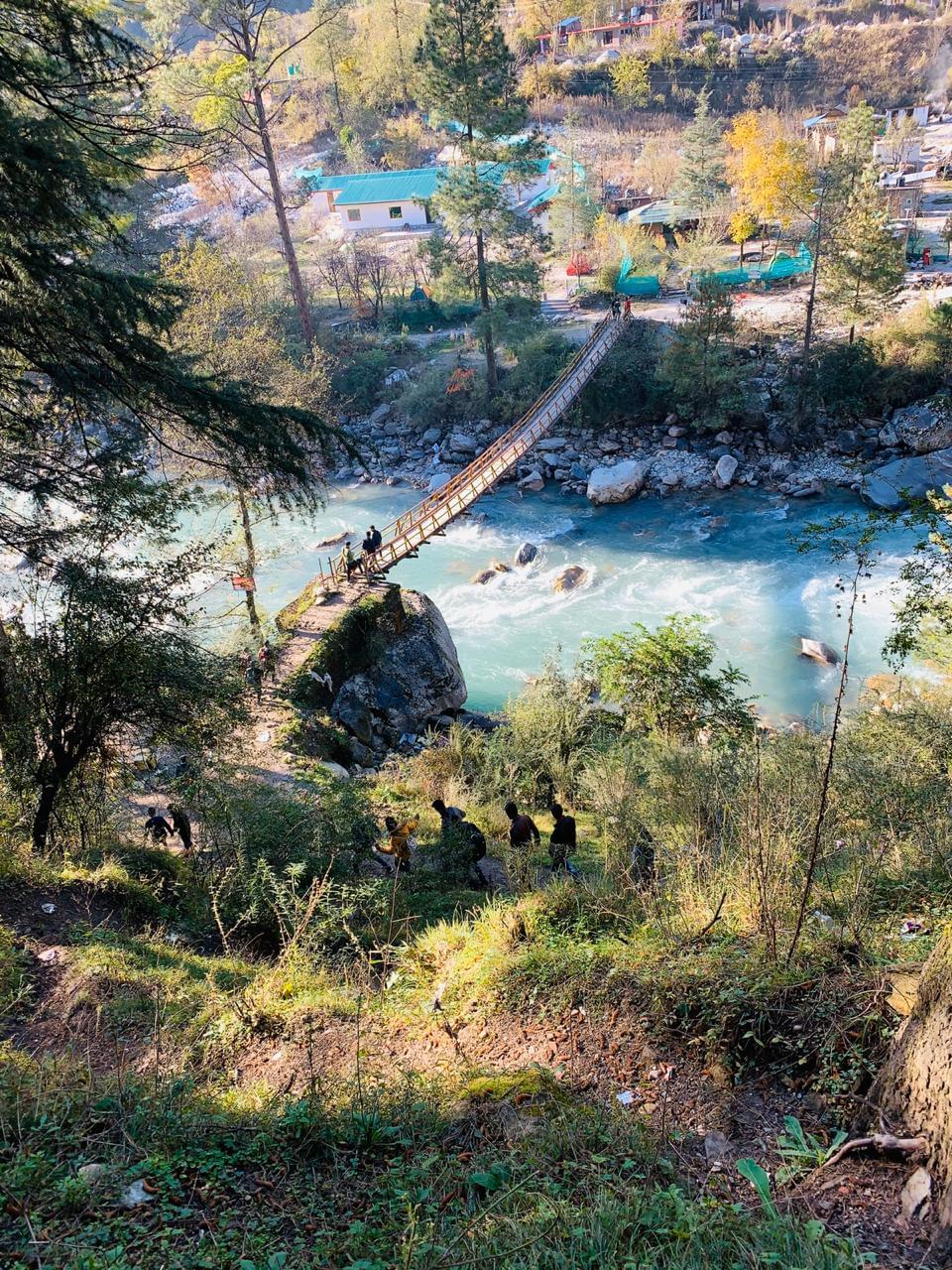
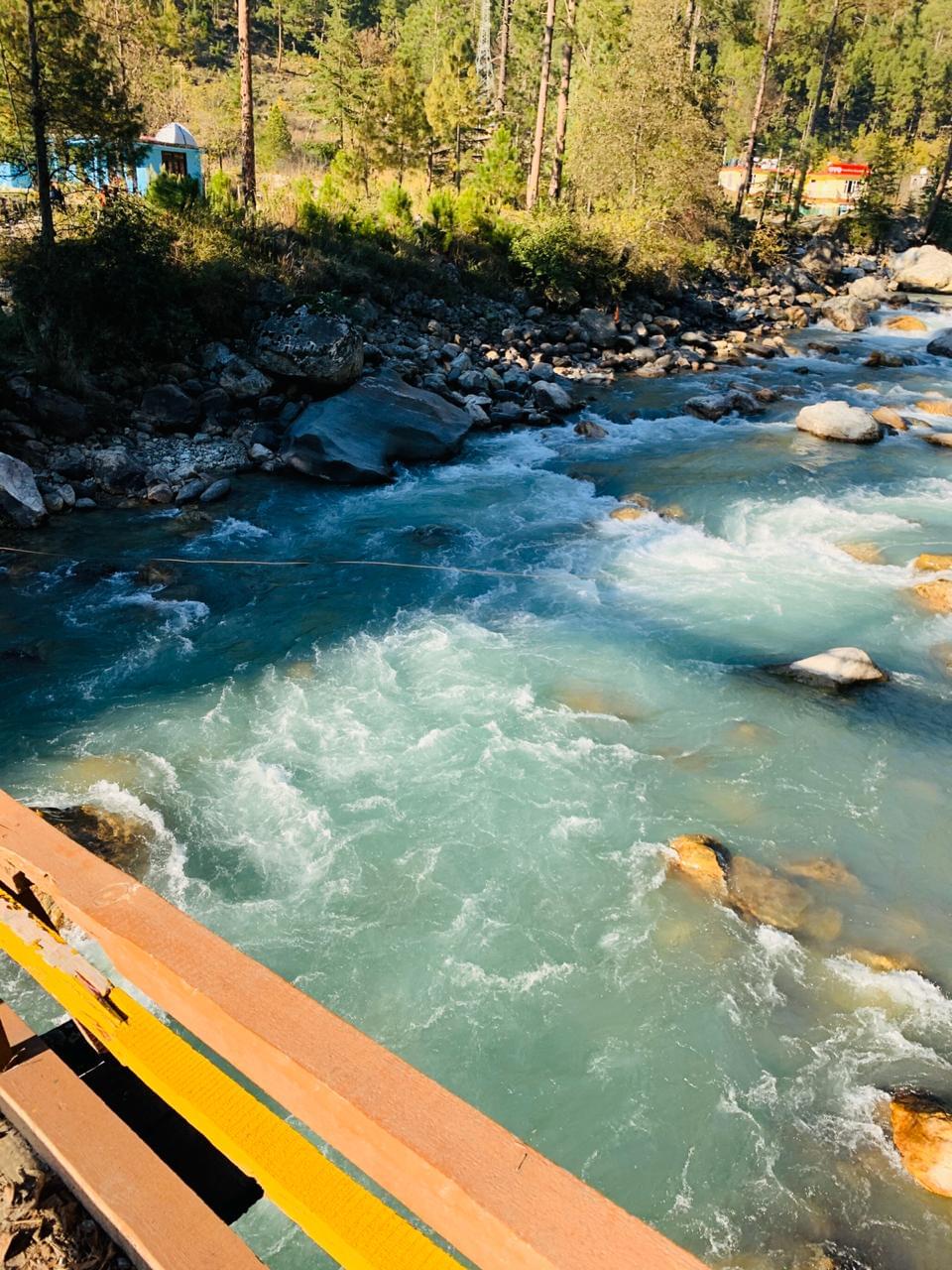
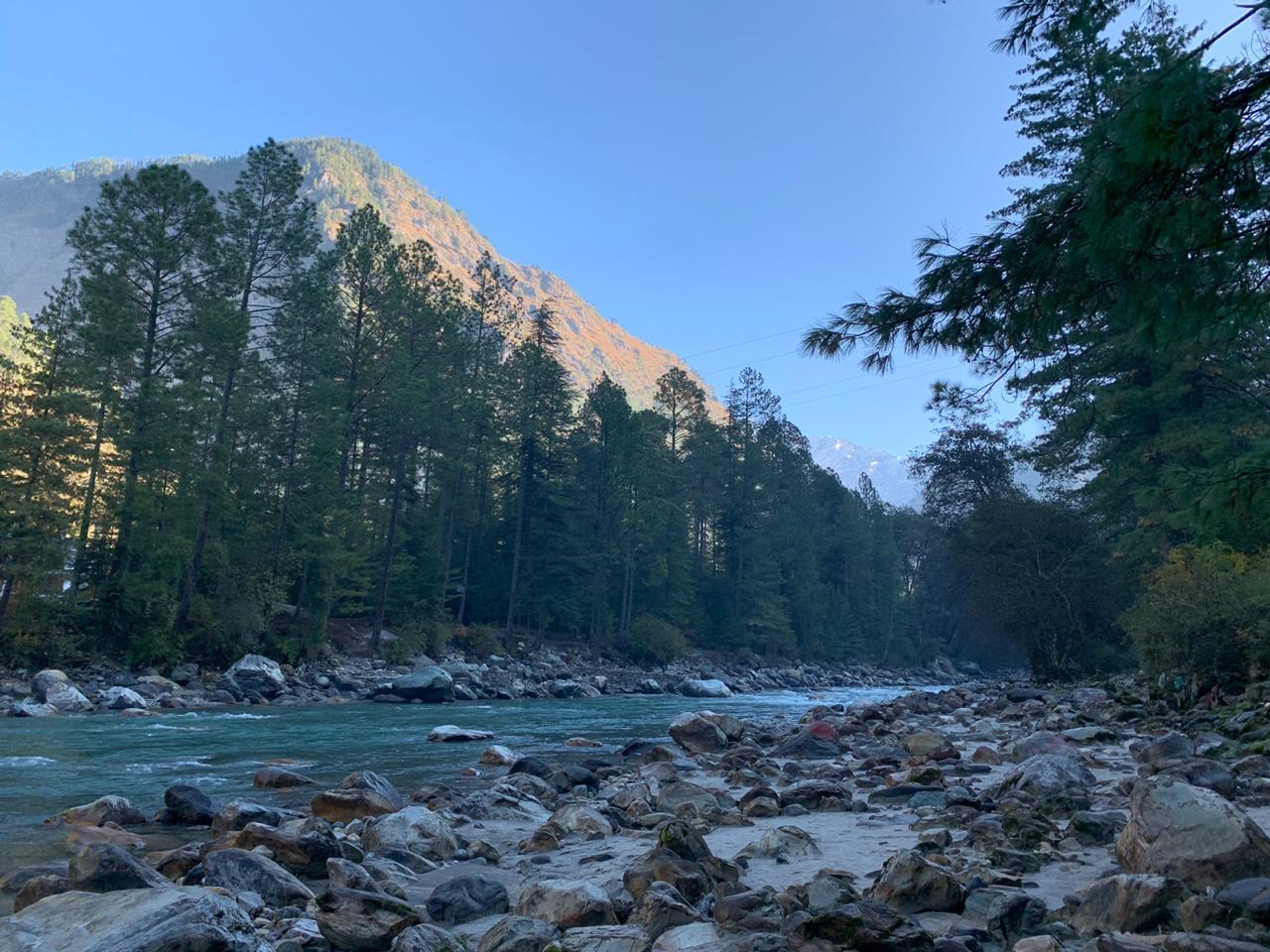






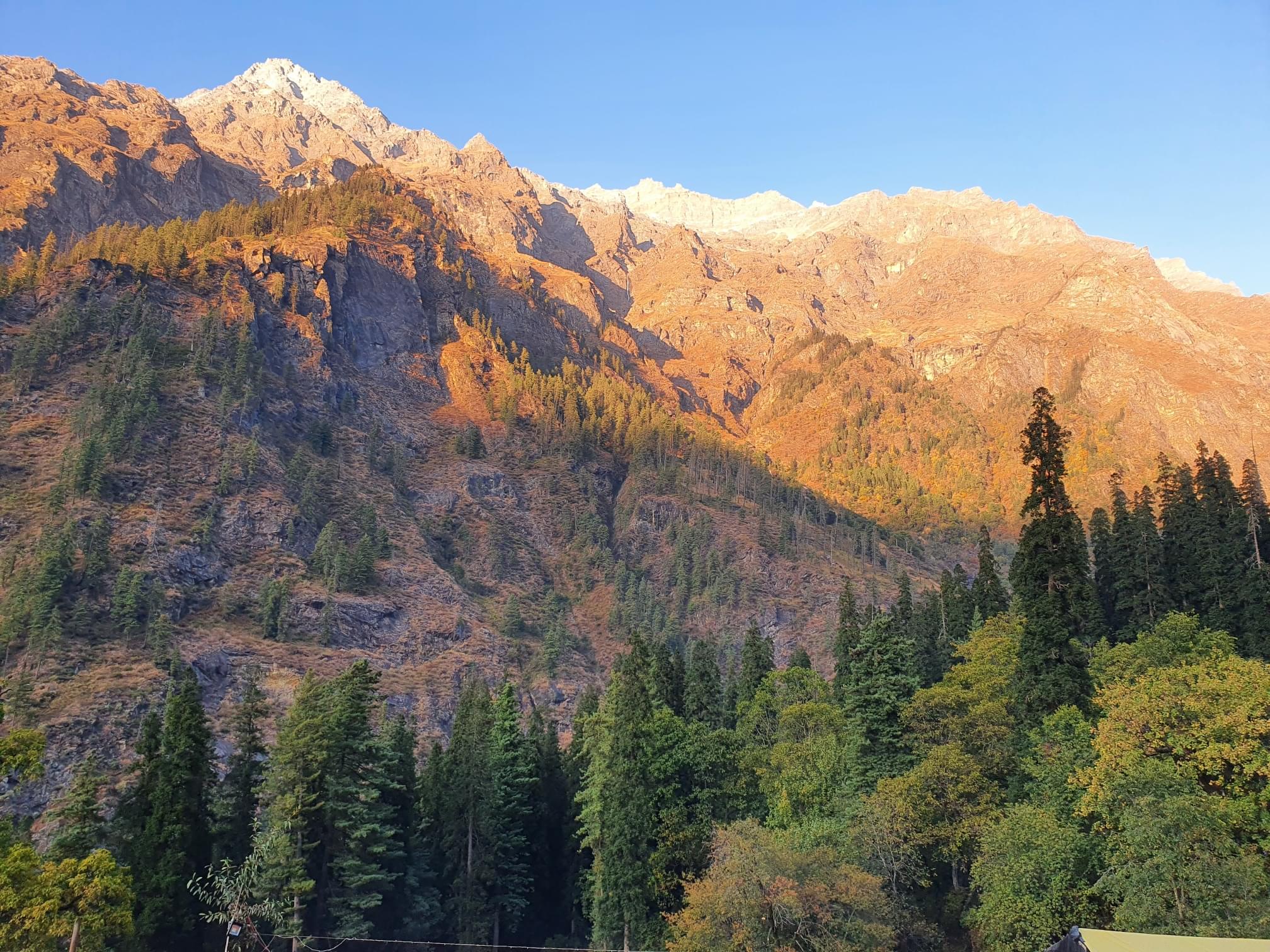
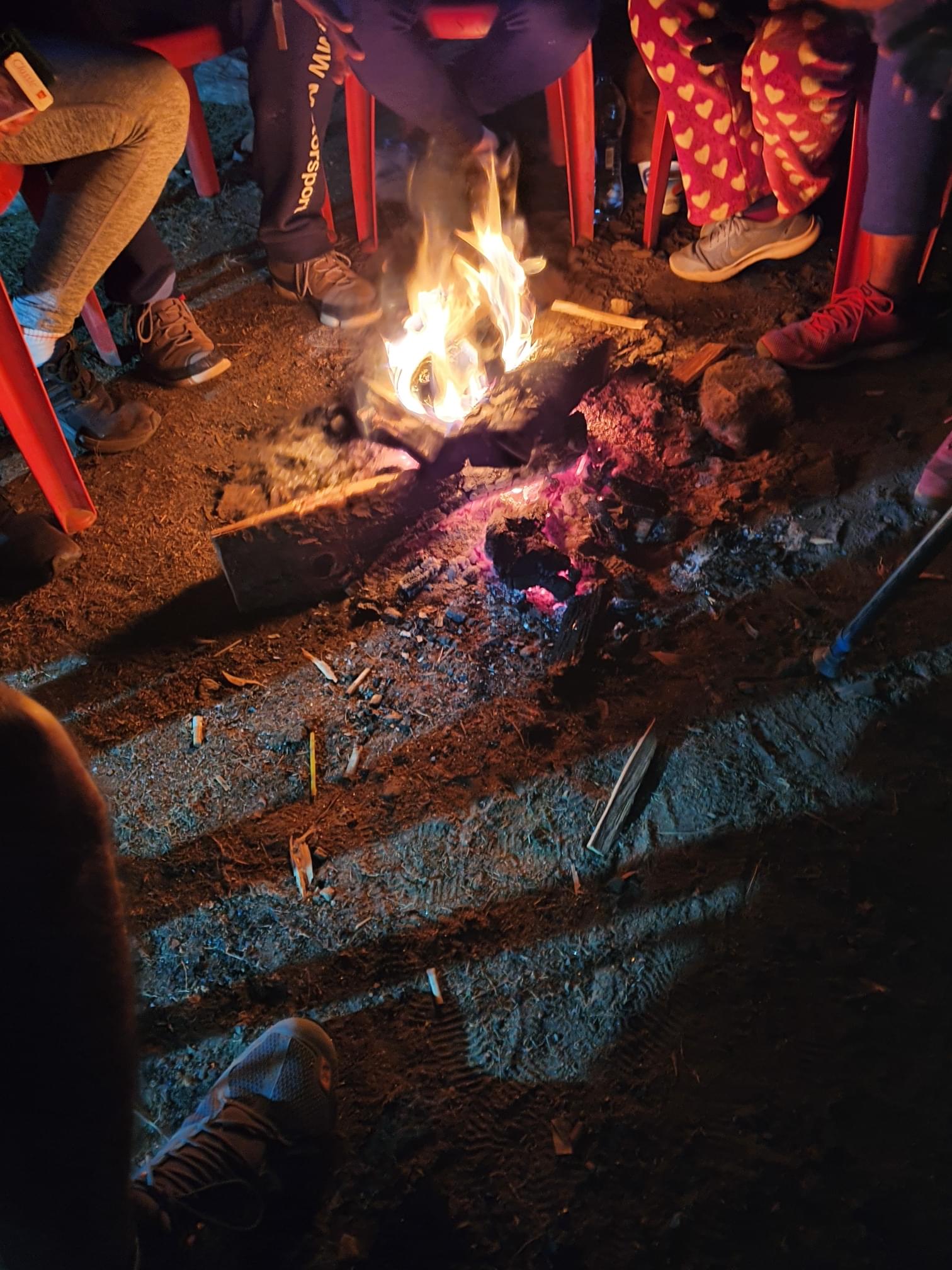






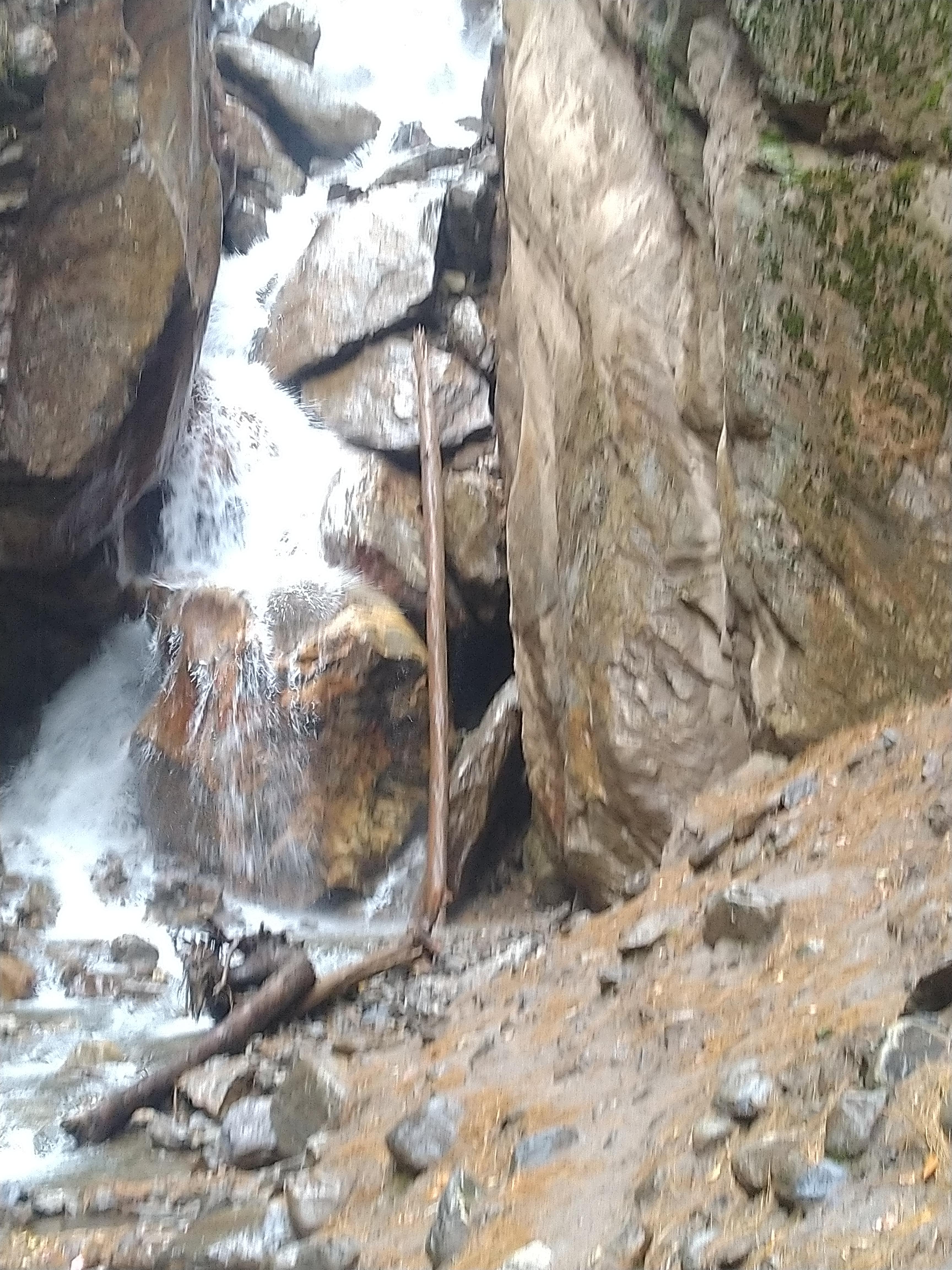





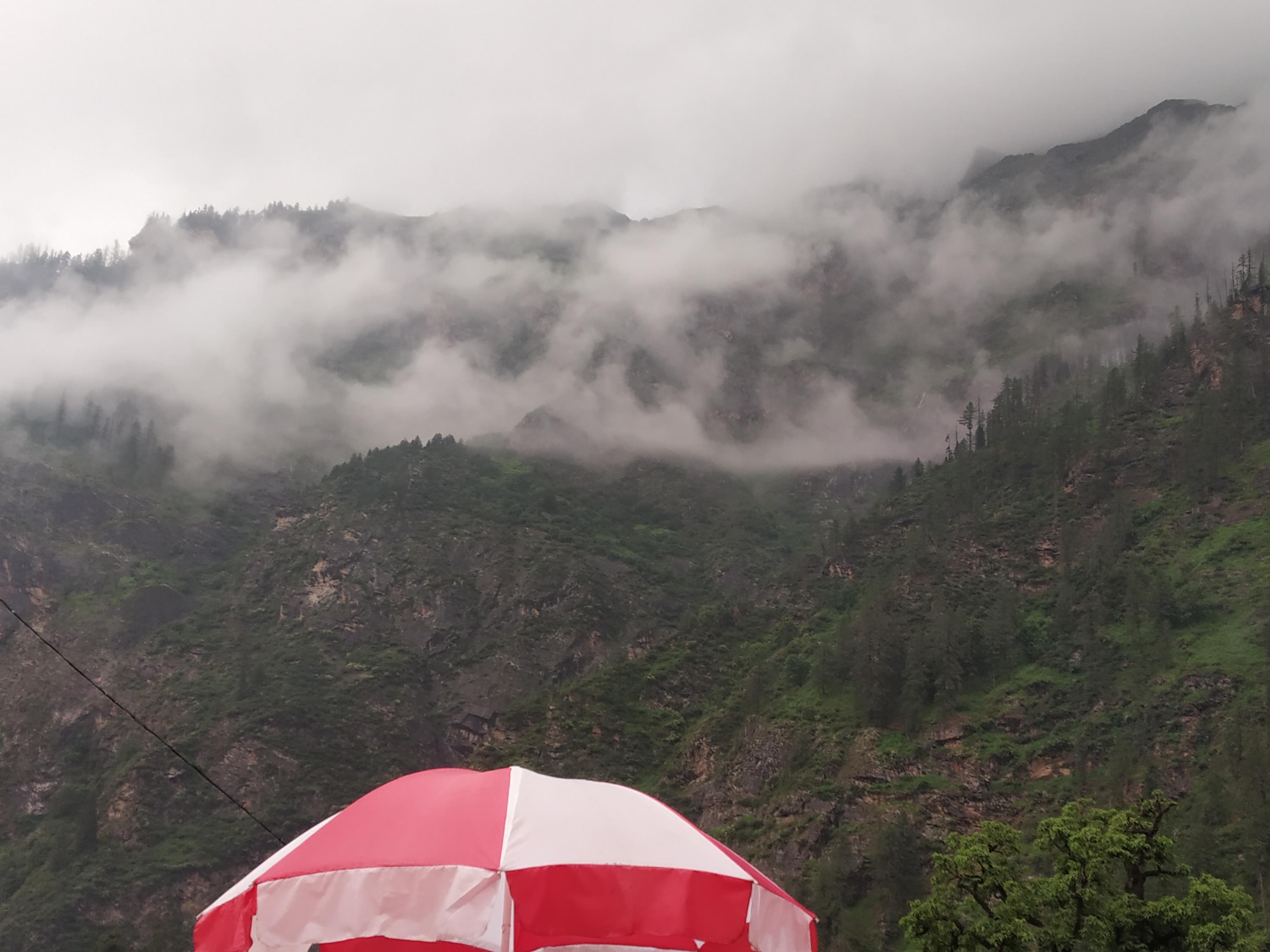

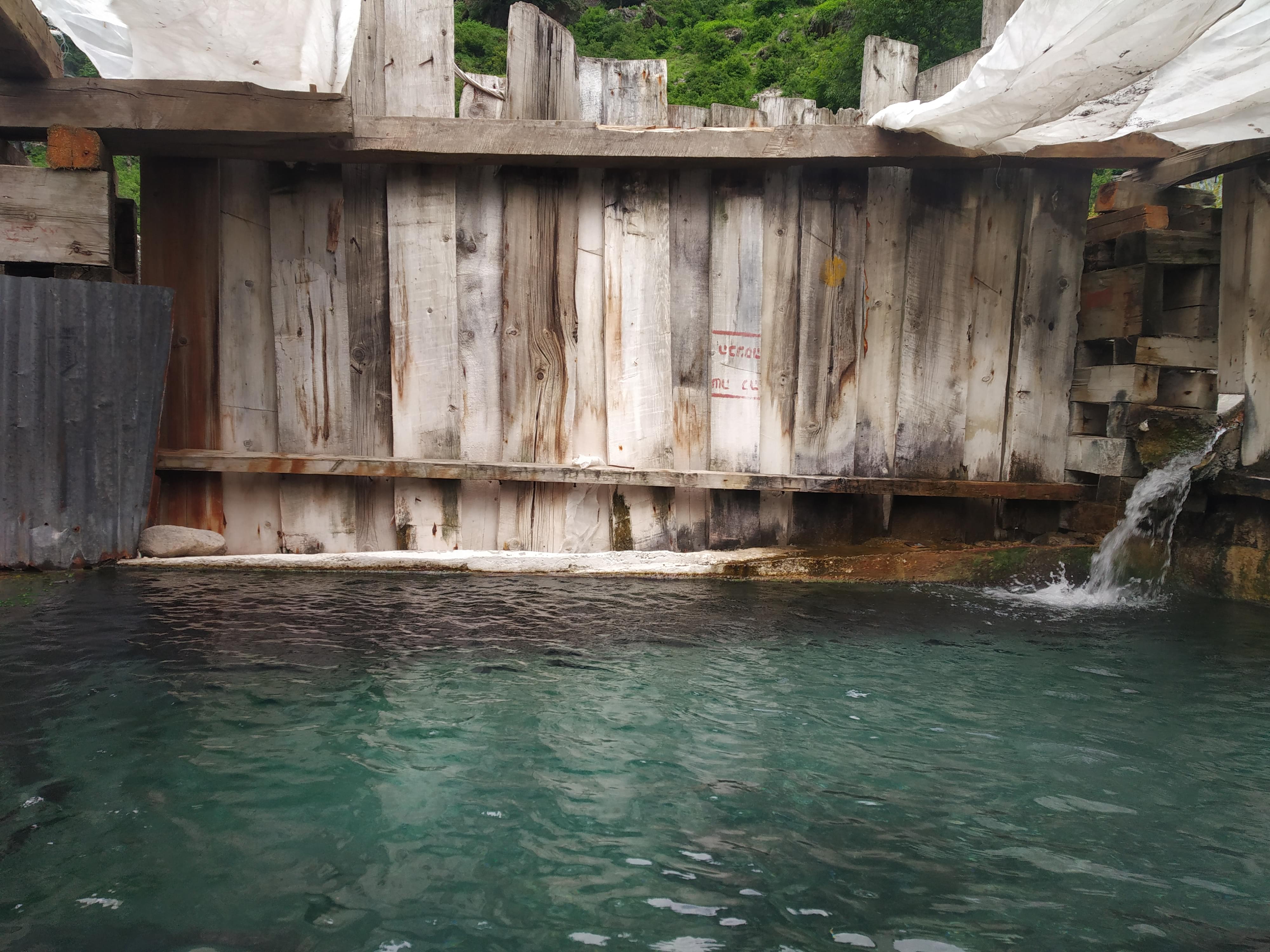


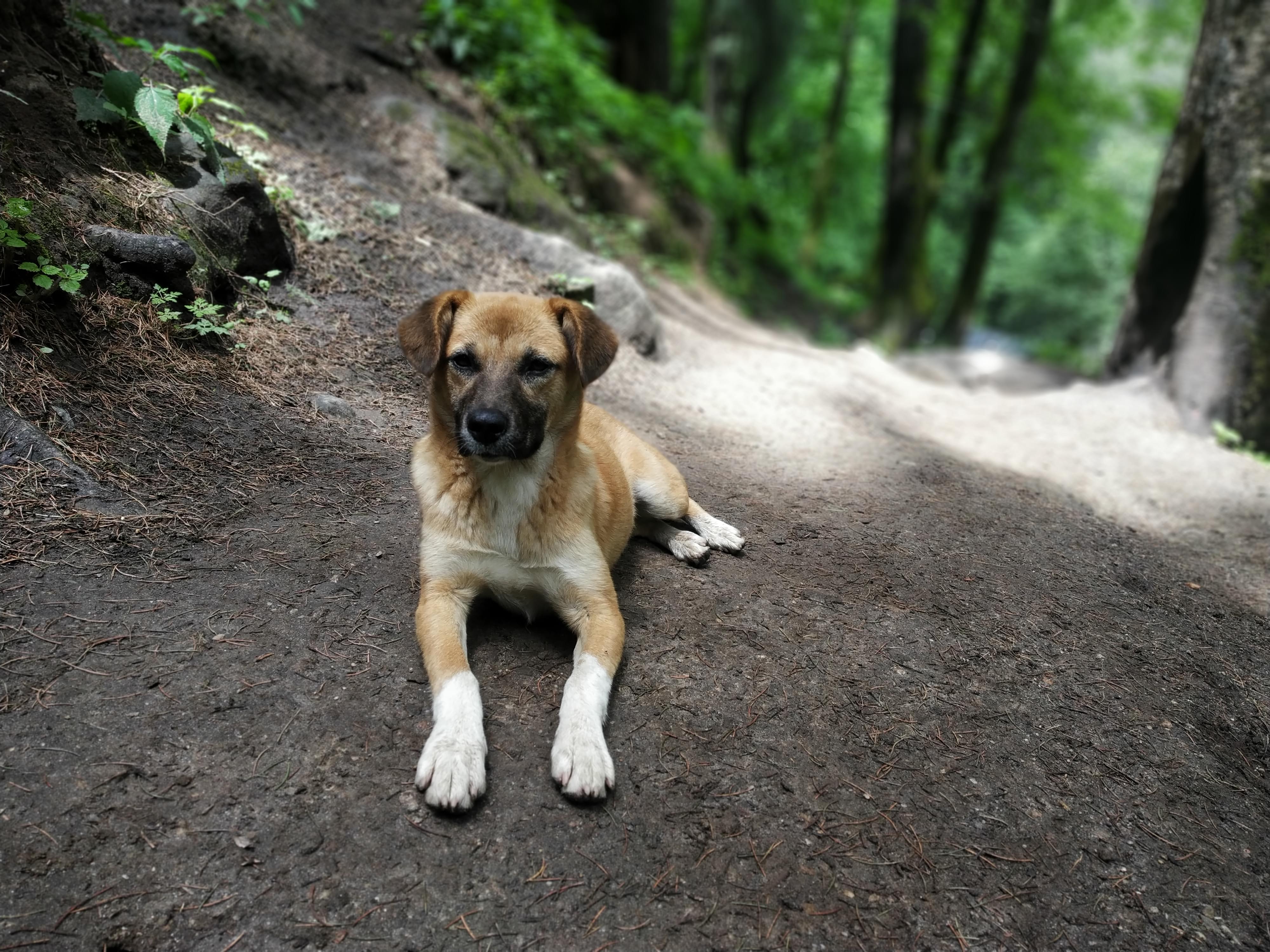







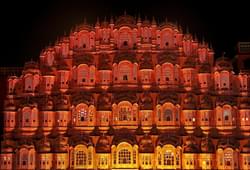

.jpg?gravity=center&width=250&height=170&crop=fill&quality=auto&fetch_format=auto&flags=strip_profile&format=jpg&sign_url=true)
